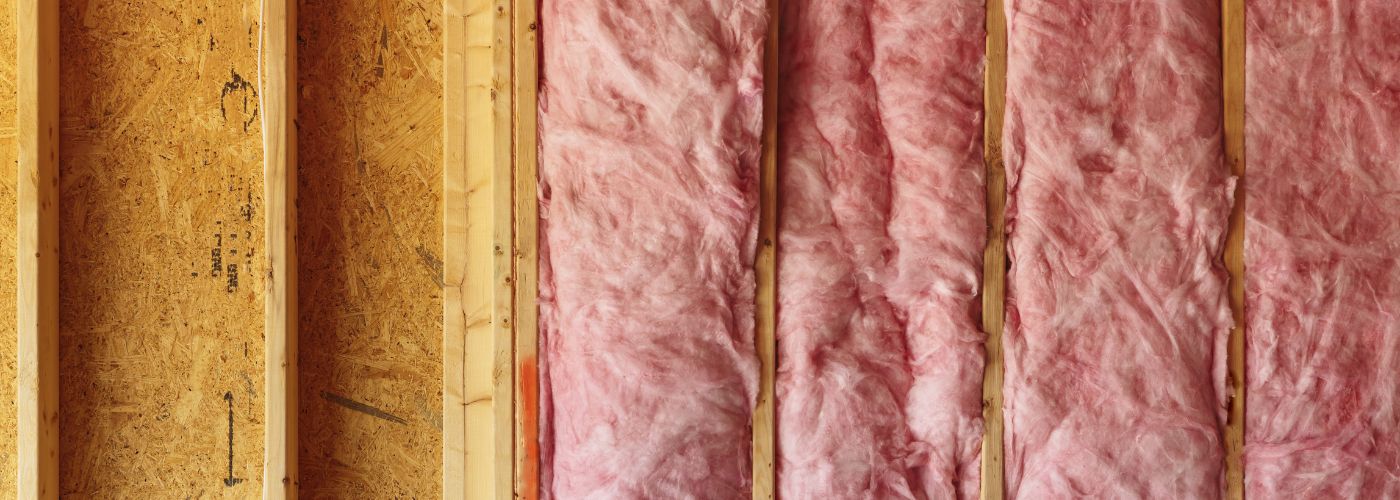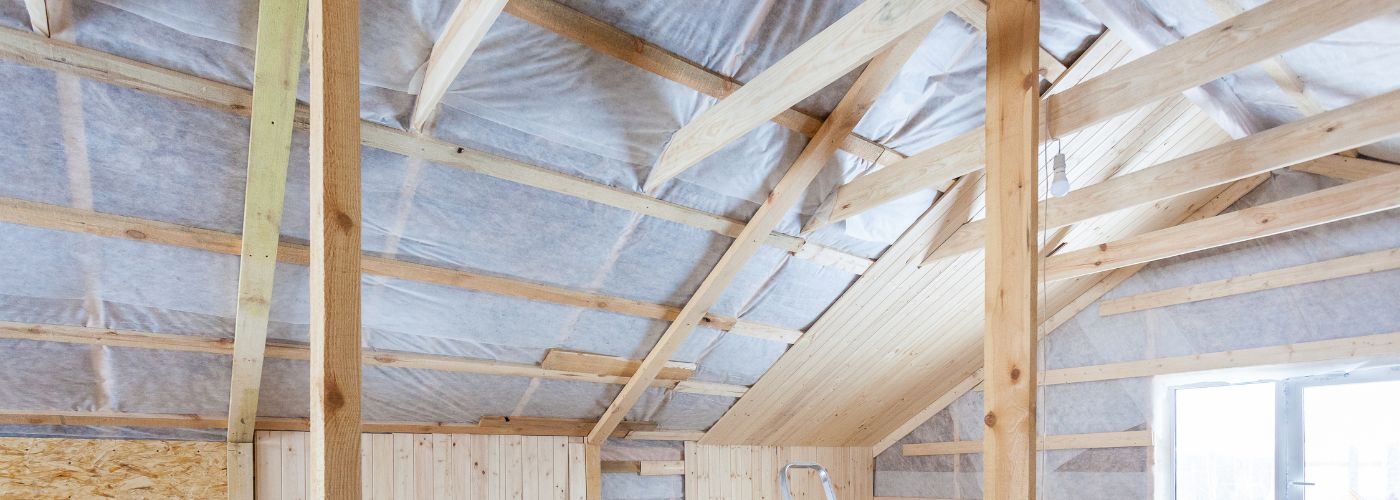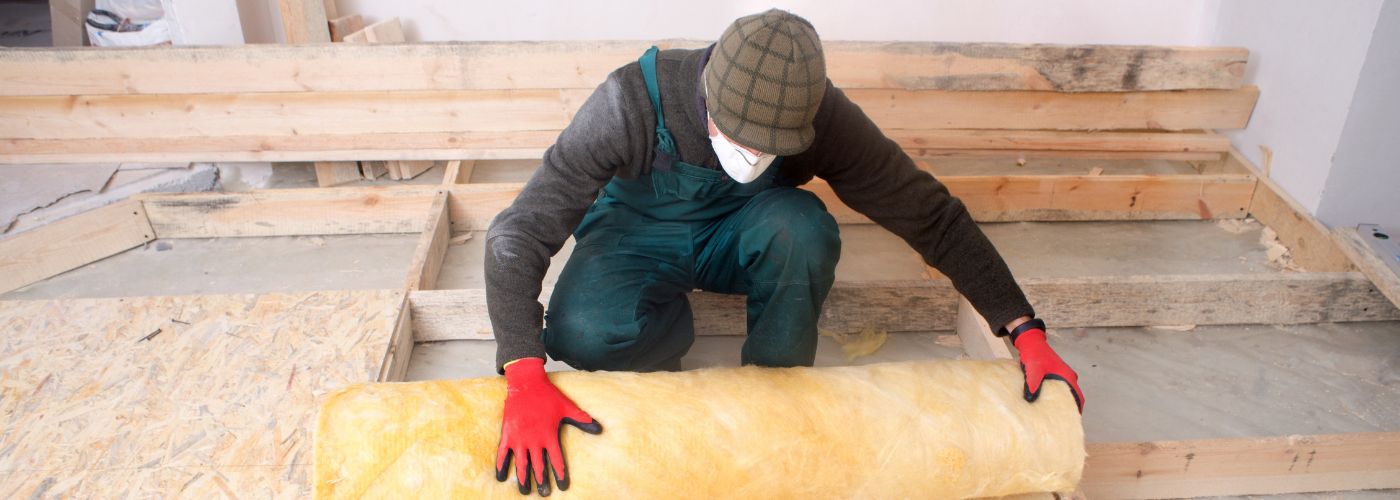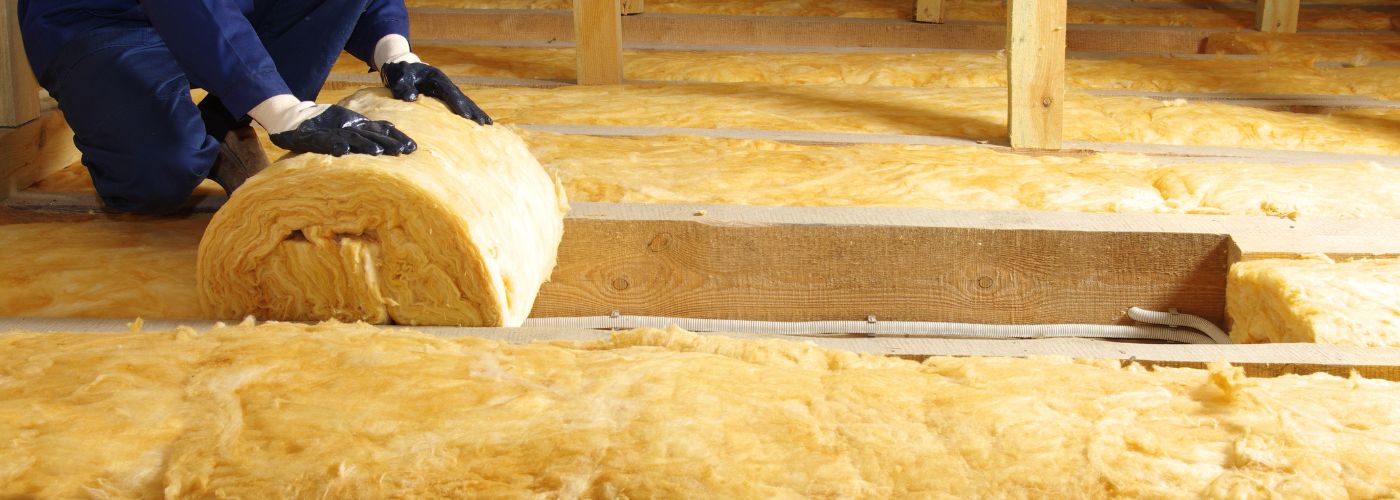Most attics in America are under-insulated. This is a problem because attic insulation is one of the most important ways to ensure your home is energy efficient. The US Department of Energy recommends that homes have at least R-30 insulation in the attic. However, many attics only have R-11 or even no insulation at all.
There are two main types of attic insulation: roll and blown-in. Roll insulation is the most common type and consists of pre-cut batts or rolls of fiberglass or rock wool that fit snugly between your attic’s rafters.
Blown-in insulation, on the other hand, is less common but more effective. It consists of loose fibers that are blown into your attic with a special machine. Because blown-in insulation is not cut to fit, it takes a bit more time and effort but it is also less expensive than other types of attic insulation. It also provides better protection against mold and pests such as rats and mice.
What is Best Insulation for Attic
Not all insulation is created equal. When it comes to insulating your attic, you want to make sure you choose a product that will be effective in keeping your home warm in the winter and cool in the summer. Blown-in cellulose insulation and spray foam insulation are two of the most popular and effective types of attic insulation.
Blown-in cellulose insulation is made from recycled paper products and is treated with fire retardants to help prevent fires. It’s installed by blowing it into the attic space with a special machine.

This type of insulation is great for attics because it can fill small spaces and crevices, creating a tight seal that helps keep heat in during the winter and out during the summer. Spray foam insulation is another popular option for attic insulation.
It comes in liquid form, which is sprayed into the attic space and expands as it dries. Spray foam insulation offers a few advantages over other types of insulation, including its ability to seal and insulate even small cracks and crevices.
How to Install Attic Insulation.
Installing attic insulation is a pretty simple DIY project, provided you have the right tools and equipment. It’s best to tackle this type of home improvement in the fall or early spring when the attic is cool but not freezing.
If you need to remove existing insulation, make sure that it is completely dry before removing it. If the insulation is damp or wet, it could cause mold and mildew to grow.
Do not remove thermal barriers as they are intended to provide protection against heat loss and energy efficiency. It is recommended that you hire a professional to install insulation in cathedral ceilings.
Do you Need Attic Ventilation with Spray Foam Insulation?
When you have your attic spray foam insulated, you might think that you no longer need ventilation. However, attic ventilation is still important, even with spray foam insulation.
Here’s why:
Spray foam insulation is a great way to keep your home well-insulated. However, it’s important to remember that insulation is only one part of the equation when it comes to energy efficiency. Ventilation is also key.

Attic ventilation helps to regulate the temperature in your attic and prevents moisture buildup. This is especially important in the summer months when temperatures can get quite hot. Moisture can lead to mold and mildew growth, which can be damaging to your home.
So, while you don’t need as much ventilation with spray foam insulation, you still need some in order to keep your home in top condition.
Is Attic Insulation Important?
Yes, attic insulation is important for many reasons. It helps keep your home warm in the winter and cool in the summer, saves money on energy bills, and can even improve the indoor air quality of your home.
There are many different types of attic insulation available, so it’s important to choose the right one for your home. Fiberglass batts are the most common type of insulation, but they can be difficult to install yourself. Spray foam insulation is another popular option that can be easier to install, but it’s more expensive.
If you’re not sure which type of insulation is right for your home, you can always consult a professional. Attic insulation is an important part of any home, so make sure you take the time to choose the right option for you.
Can you Put Too Much Insulation in an Attic?
It’s a common misconception that more insulation is always better. But when it comes to your attic, too much insulation can actually do more harm than good.
Here’s what you need to know about properly insulating your attic.

Most attics need between 10 and 14 inches of insulation, depending on the climate. If you live in a warm climate, you may only need 10 inches of insulation. But if you live in a cold climate, you’ll need closer to 14 inches.
Adding too much insulation to your attic can actually make your home less energy efficient!
